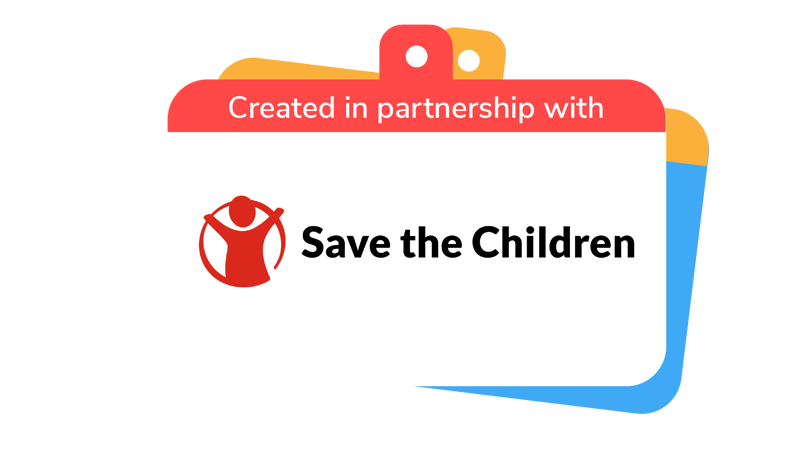
Strongest shelter challenge
You’ll need
- A collection of materials to build a shelter (these will vary depending on whether you are building and outdoor or indoor shelter)
- A copy of the what makes a good shelter? Information sheet
- A copy of the strongest shelter challenge stories
Before you begin
- Gather your equipment and make sure you are in a space that can get wet or where water can drain away.
- Download or print a story about refugees or displaced children from the
‘strongest shelter challenge stories’ sheet. - Download or print the ‘What makes a good shelter? Information sheet'.
Run the activity
- Set the scene by talking about having to leave home in a hurry to escape a dangerous situation and ending up without shelter. Ask the group how they would protect themselves and what they might use to build a shelter?
Use the ‘What makes a good shelter? Information sheet’ sheet to help. - Everyone should split into small groups of no more than six people.
- Explain to everyone that they’ll be building shelters against the clock, so they’ll need to work as a team and use the materials they have to build a shelter that can stand up to all weather conditions.
- Explain to everyone that the outdoor shelter should be large enough to fit the entire group in without falling over. If indoors, explain that the table-top shelters should be large enough to protect all of the mini-figures.
- Everyone should be given a time limit to build the shelter. Younger groups should have 20-30 minutes to complete the task, while older groups should have 15-20 minutes.
- Everyone should now build their shelters.
- When they are finished or have run out of time, test each shelter for waterproofing using the watering can or hose. The winner is the group that worked together the best and made a shelter that kept the people or the mini-figures driest.
- Everyone should gather together in a circle to listen to one of the stories on the 'Strongest shelter challenge stories'. For bigger groups, you could split into small groups and read a story each.
- Once everyone has heard one of the stories, discuss the following questions as a group:
- How difficult did you find the challenge?
- What did you think about when working out how to build their shelter?
- What would it be like to sleep in your shelter outdoors for one night or a whole week?
- How do you feel about the story of the refugees or displaced children who live in temporary camps?

This activity helps contribute towards some of the UN's Sustainable Development Goals. Find out more about the SDGs, and how Scouts across the world are getting involved.
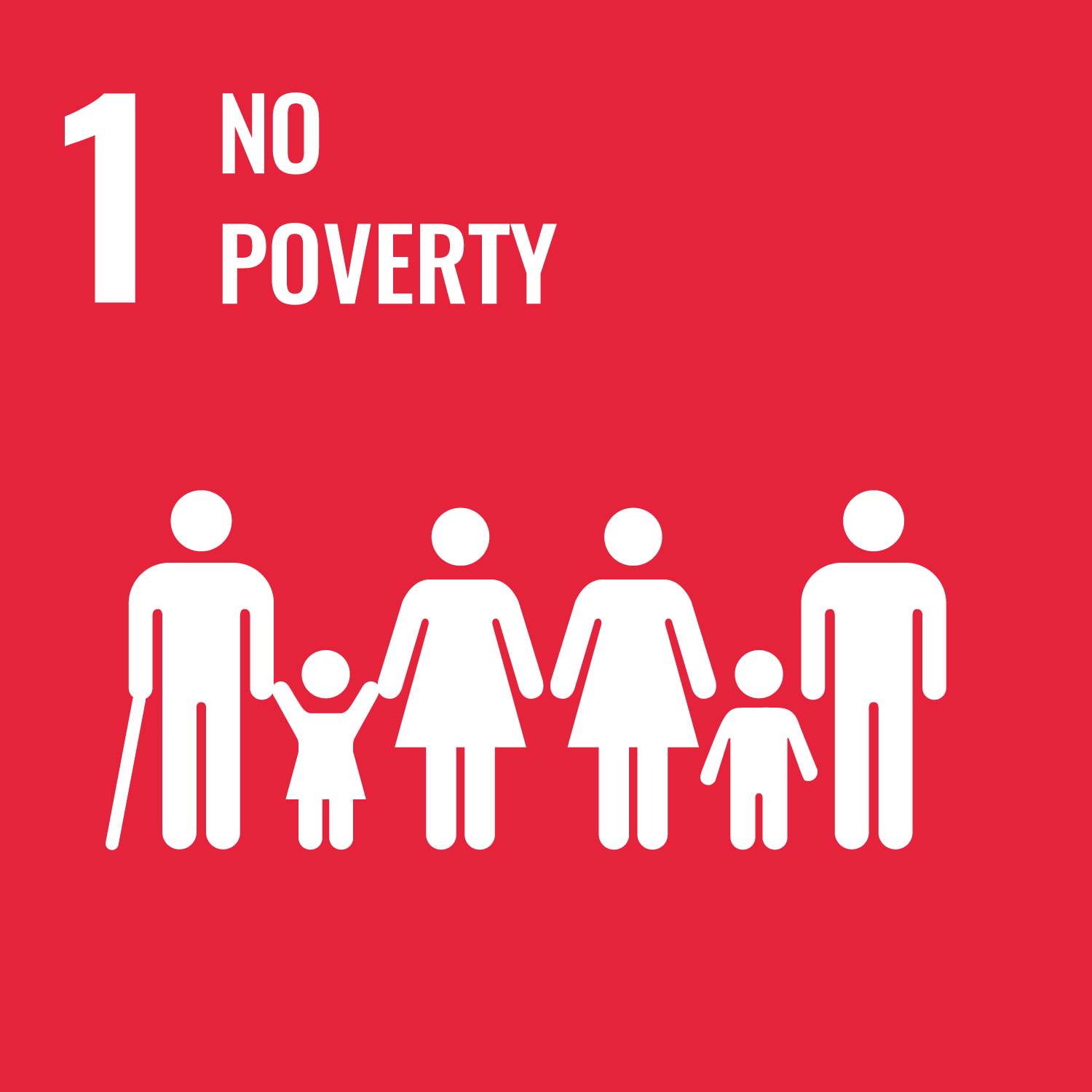
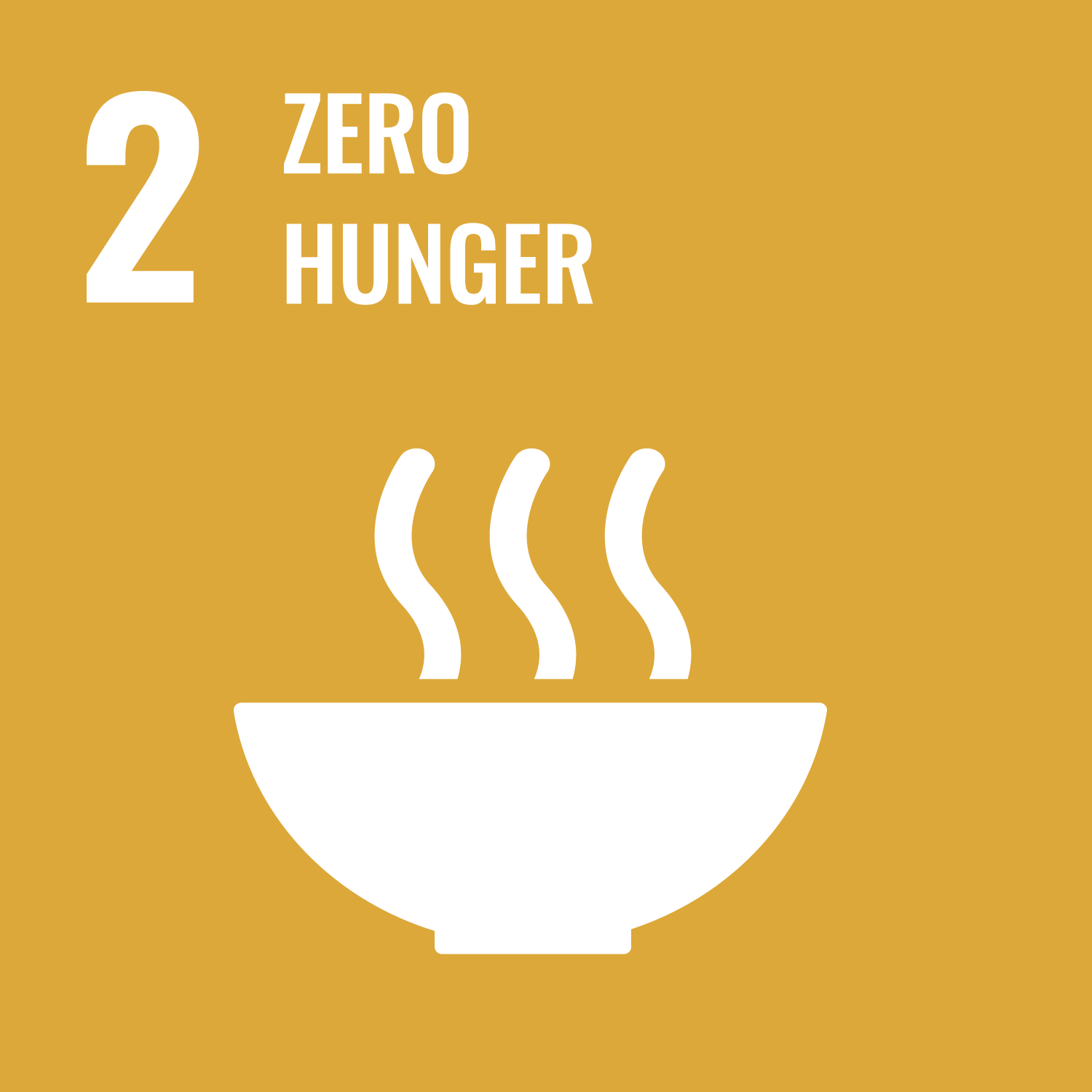
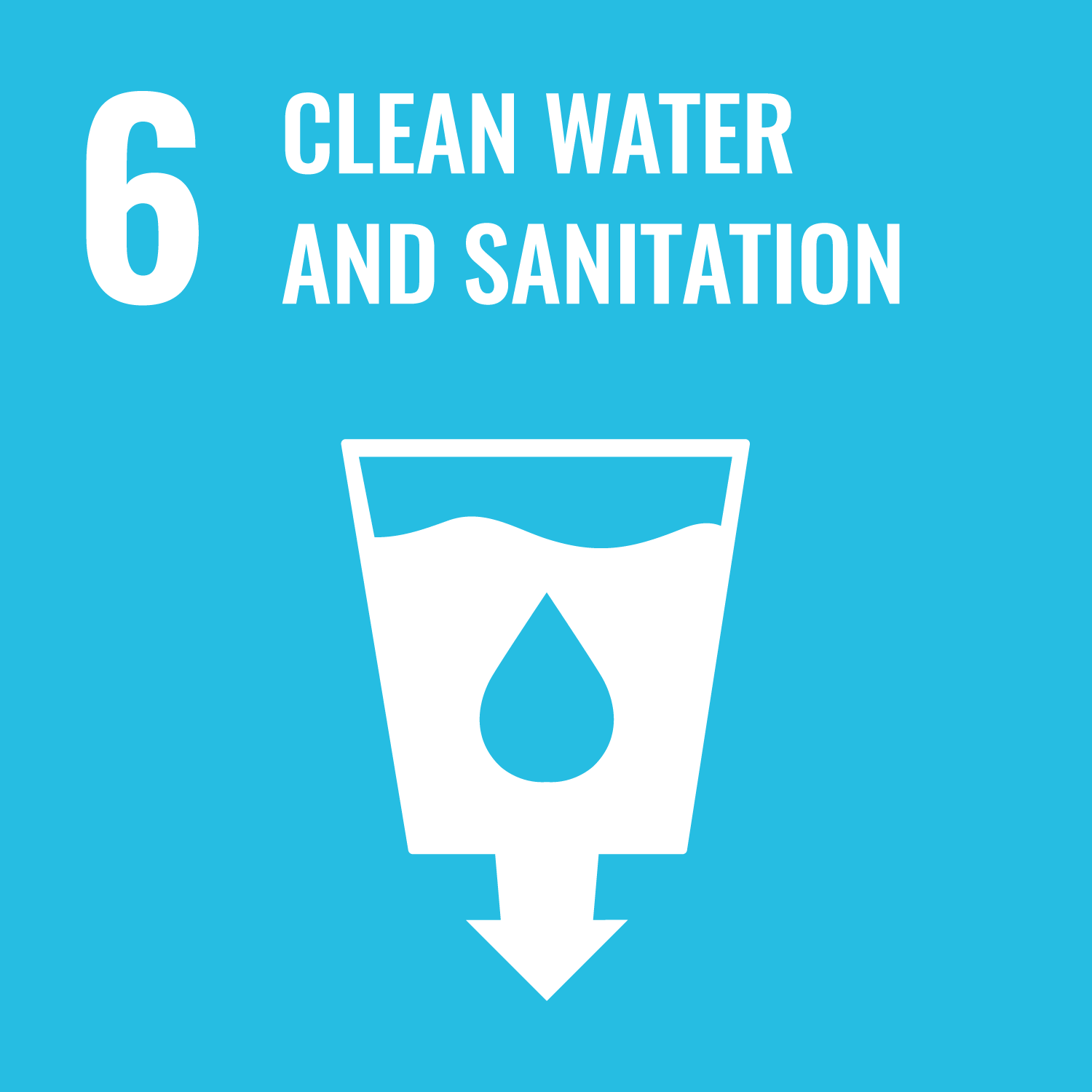

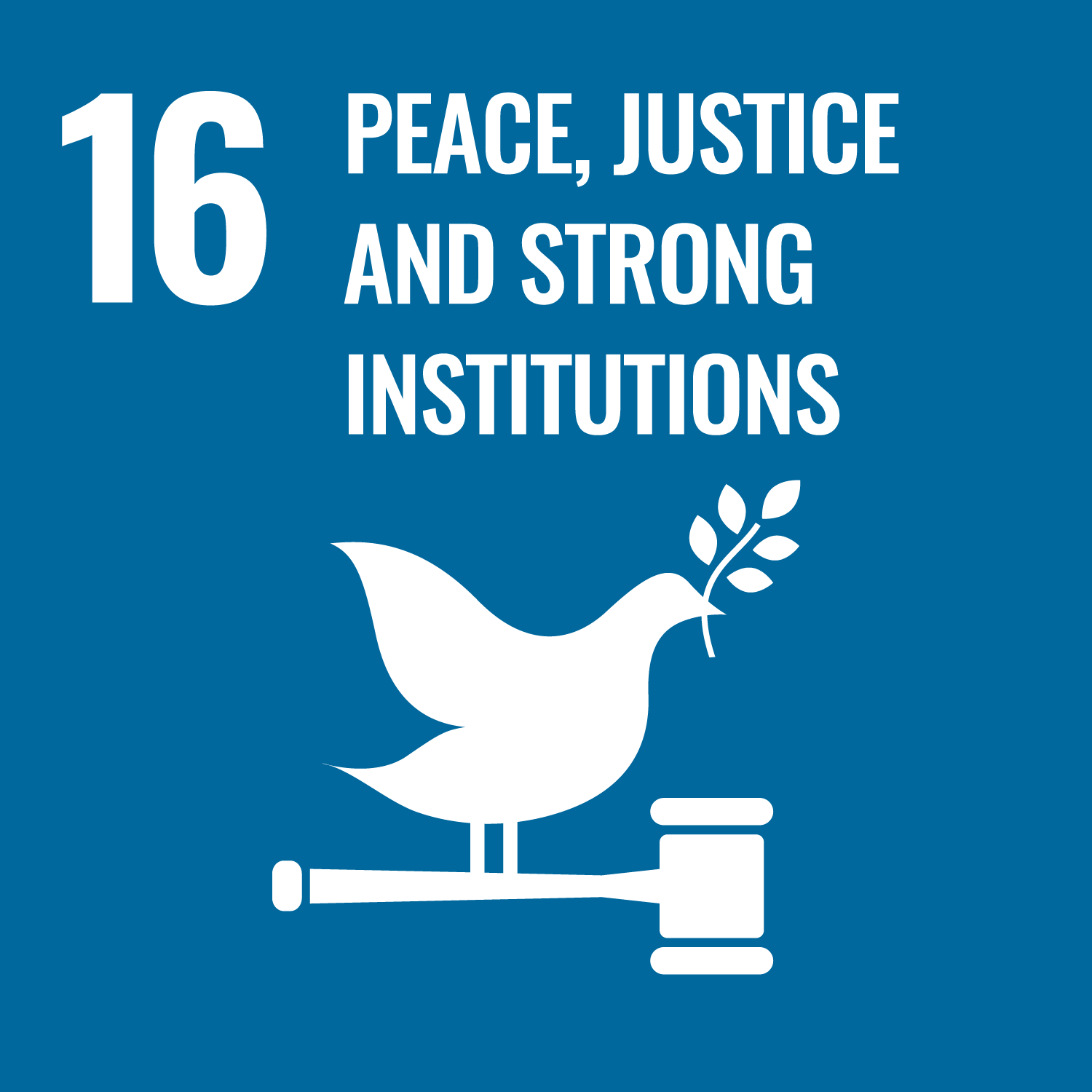
Reflection
Everyone should think about the problems that refugees and displaced children face. What could be done to make their lives easier? If they had to leave home and move somewhere new, what would they miss about their homes?
Everyone should have another look at the ‘What makes a good shelter’ sheet. As a team, did they remember to do everything? How could they have worked as a team better?
Safety
All activities must be safely managed. You must complete a thorough risk assessment and take appropriate steps to reduce risk. Use the safety checklist to help you plan and risk assess your activity. Always get approval for the activity, and have suitable supervision and an InTouch process.
- Outdoor activities
You must have permission to use the location. Always check the weather forecast, and inform parents and carers of any change in venue.
- Scissors
Supervise young people appropriately when they’re using scissors. Store all sharp objects securely, out of the reach of young people.
- Poles and long objects
Be careful when moving poles or long items. Take care if the ends are sharp. Have appropriate supervision for this activity.
- Sharp objects
Teach young people how to use sharp objects safely. Supervise them appropriately throughout. Store all sharp objects securely, out of the reach of young people.
- Water games and activities
Be careful when doing activities with, in, or near water. Check surfaces and reduce the risk of slipping where possible. Make sure you have appropriate supervision for this activity.
Everyone could work together in one large group to build a big, outdoor shelter large enough for all of them or an indoor, table-top shelter big enough for the same number of mini-figures.
Older groups could be given less time to finish their shelter, while younger groups may need more time.
Remove the time limit or make it longer for groups that struggle to build shelters.
All Scout activities should be inclusive and accessible.

Community Impact Stage 1

Community Impact Stage 2

Community Impact Stage 3

Community Impact Stage 4

Chief Scout's Silver Award

Chief Scout's Gold Award

Chief Scout's Platinum Award

Chief Scout's Diamond Award

King's Scout Award

Squirrels Brilliant Builder Activity Badge
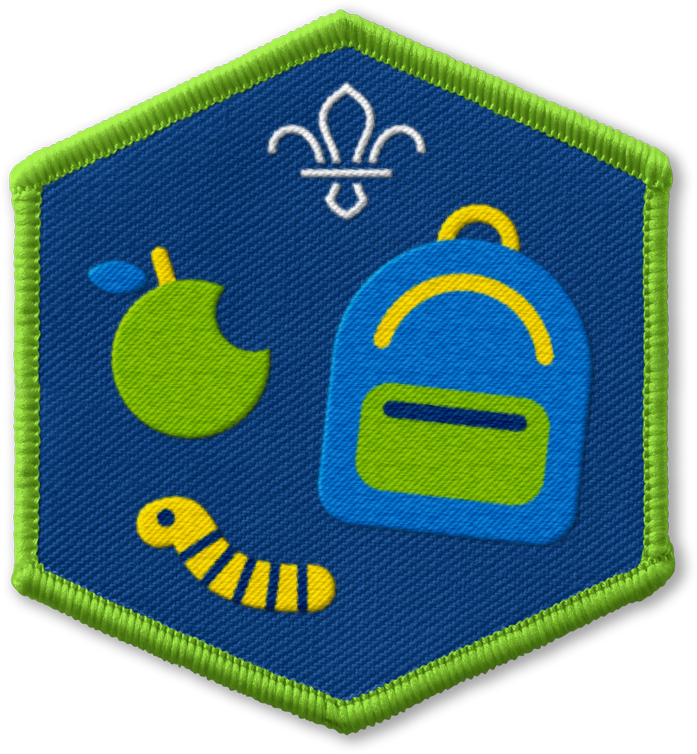
Squirrels All About Adventure Challenge Award

Squirrels All Together Challenge Award
Everyone could build their shelter for a camp and try staying in it for a night. They could also think more about the people who live in shelters like these and what their lives might be like. For example, everyone could choose a community of people who have been displaced from their homes, and cook a meal inspired by their cuisine, or learn some words of their language.
Discover more at https://www.savethechildren.org.uk/